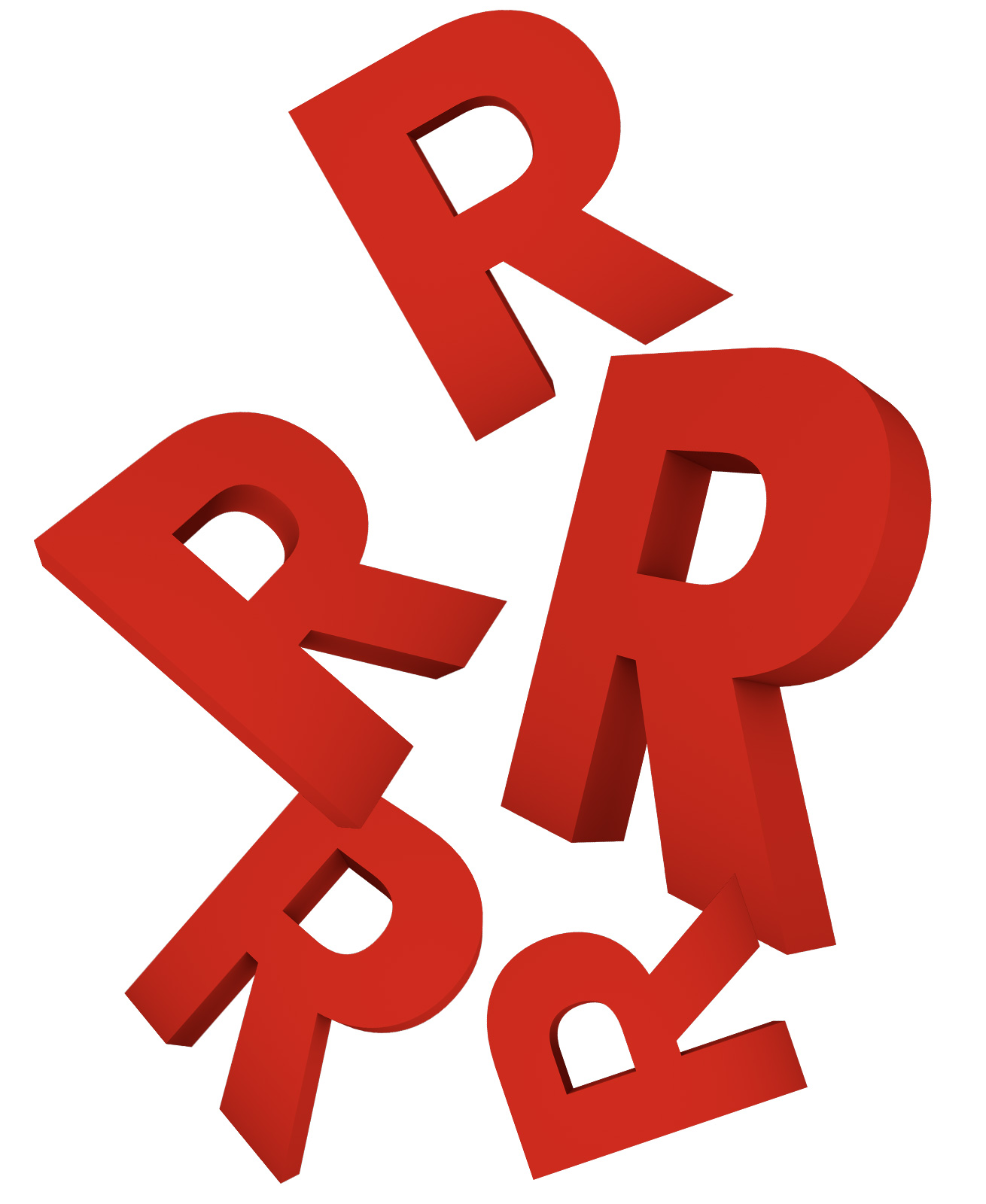In this section we make available documents, tools, datasets and communication material to make the “Made Green in Italy” scheme easier to understand and to adopt and allow interested actors to replicate our approach.

Report “Green consumer behaviour: insights from survey and experiments” (Action A1)
Why consumers engage in green purchasing behaviour as part of a more sustainable lifestyle? What are the factors that may promote or hinder green consumer purchasing behaviour? What happens after consumers buy products and how that affects the environmental profile of products? Discover more on these topics in the report Sant’Anna School of Advanced Studies produced as part of the LIFE MAGIS project.
Report “Communication Strategy Plan” (Action A1)
One of the main objectives of the LIFE MAGIS project is to promote an effective and transparent environmental communication, allowing clients and final consumers to make informed buying decisions. The project partners and the pilot companies which will be involved will use different types of communication activities and channels to test the most suitable ways to talk about the environmental value of Made in Italy products. Discover the principles at the base of LIFE MAGIS communication initiatives in the report “Communication Strategy Plan”.


Project brochure (Action D1)
The context the LIFE MAGIS project started from, an introduction to Product Environmental Footprint and Made Green in Italy, who we are and what supply chains we will involve, what are our objectives and what actions we will implement to reach them: the main information about LIFE MAGIS in one brochure!
Slides from the event “Il lato verde del Made in Italy” (Action D1)
During “Il lato verde del Made in Italy” (tr: The green side of Made in Italy), the first public event by LIFE MAGIS (March 24, 2021) we talked about Made Green in Italy, Product Environmental Footprint and how these tools can support companies, citizens and public administration in valorising and rewarding Made in Italy products with the best environmental performances. The slides used by the speakers of the event can be downloaded here.


Video on the impact of food on the environment (Action B5)
A video to stimulate, in an ironic way, some thoughts on what we eat and on the implications of food and its production on the environment.
A roundup of characters, from the impatient priest to the dreamy grandpa, from the dazed cab driver to the decisive activist, to understand what kind of consumers we are.
Introducing PEF to non-experts (Action B5)
What answers does Product Environmental Footprint (PEF) offer to the growing demand for green products? How does it work? What role can PEF play in consumers’ choices to favour sustainability, environment, and circular economy? Find out more in the cartoon video and flyer produced by LIFE MAGIS!


Video introduction on Made Green in Italy (Action B5)
Are you a consumer of Made in Italy products, environmentally conscious but confused by the huge number of logos and claims placed on products?
Are you a company producing Made in Italy, willing to communicate its environmental commitment but without wasting money and risking your reputation “stumbling” on green washing?
Discover in this LIFE MAGIS video what is the Made Green in Italy scheme and how it can help consumers and companies navigate the world of environmental communication!
LIFE MAGIS Layman’s Report (Action D1)
Goals and results, supply chains and project partners: LIFE MAGIS Layman’s Report tells in short the story of the project, to talk about the partners’ experience and keep contributing to the diffusion of Product Environmental Footprint and Made Green in Italy towards companies, citizens, and public administrations.


Datasets available for new studies (Action B4)
Based on the screening and pilot studies carried out during the project, for each product category the LIFE MAGIS partners have developed one or more “datasets”, i.e. sets of data that represents all the processes (materials, energy, manufacturing, etc.) linked to the life cycle of the product itself or its parts, ingredients, or production processes.
The datasets can facilitate the implementation of other environmental impact studies. For example, a food product that has onion of Medicina as an ingredient can use the dataset to integrate everything that has to do with that ingredient into the calculation of its overall life cycle.
Thanks to the collaboration with the ARCADIA project (https://www.arcadia.enea.it/), the datasets are publicly available in a dedicated section of the Italian Life Cycle Assessment Database.